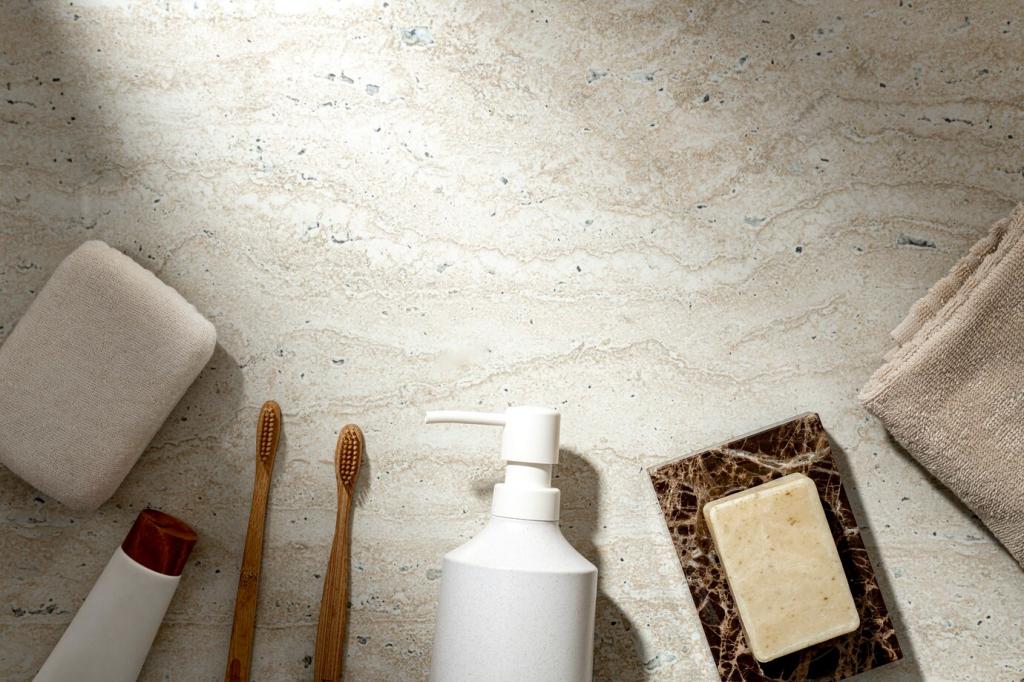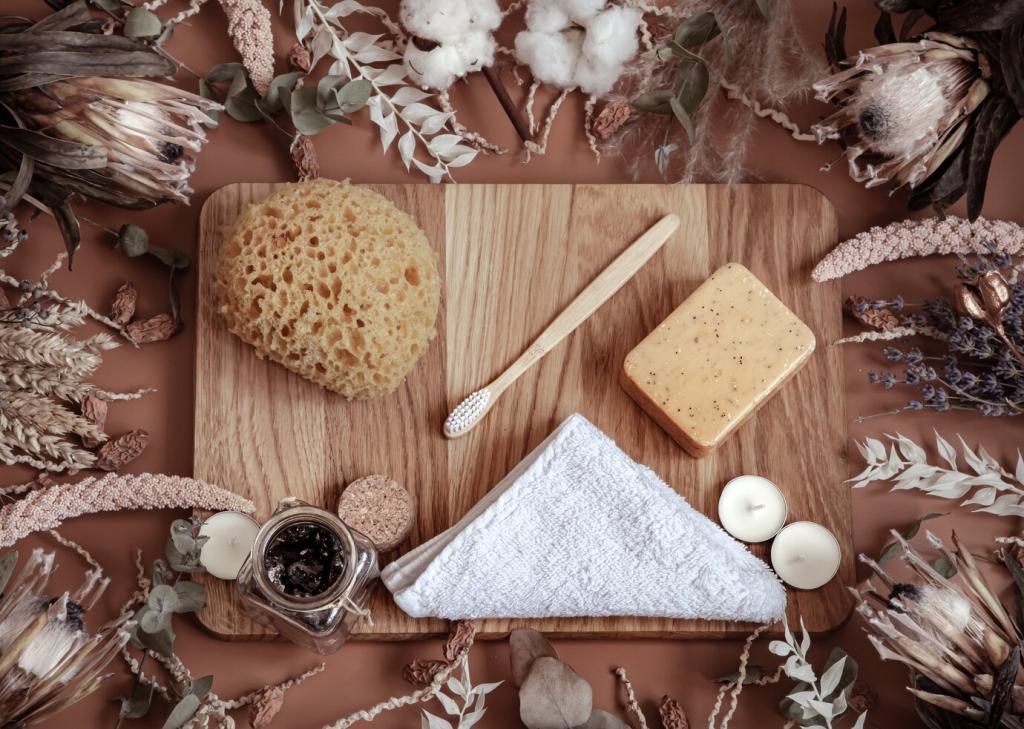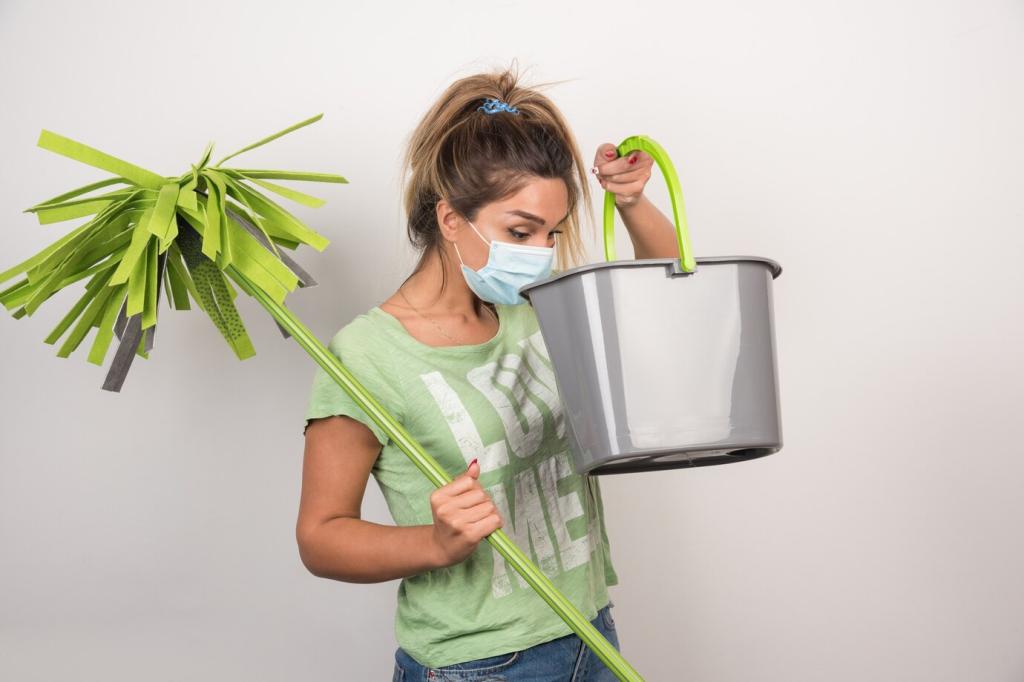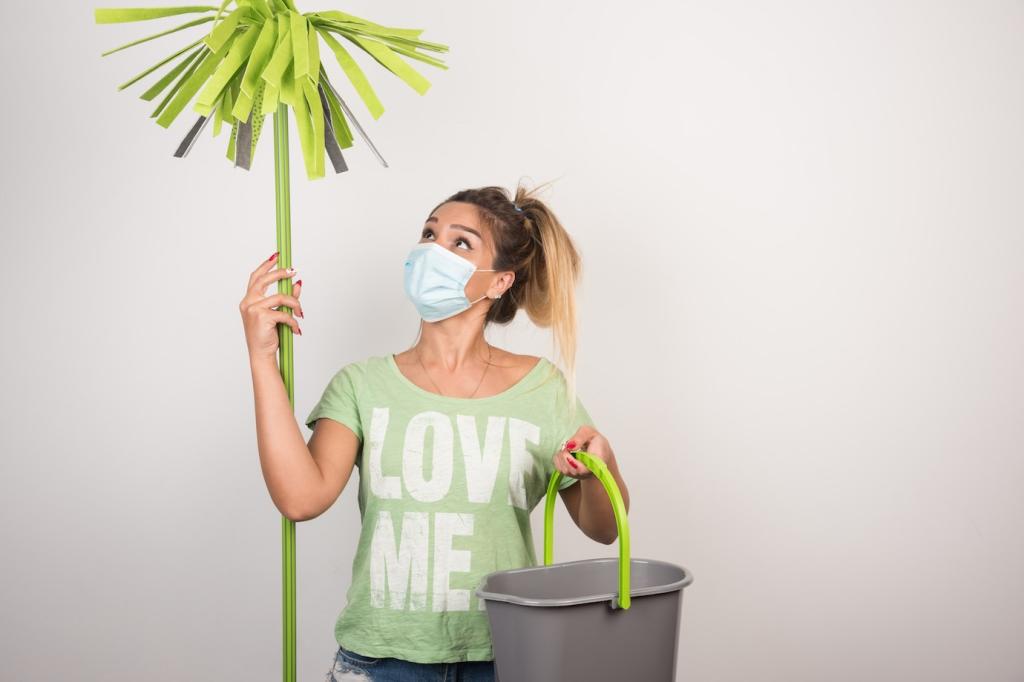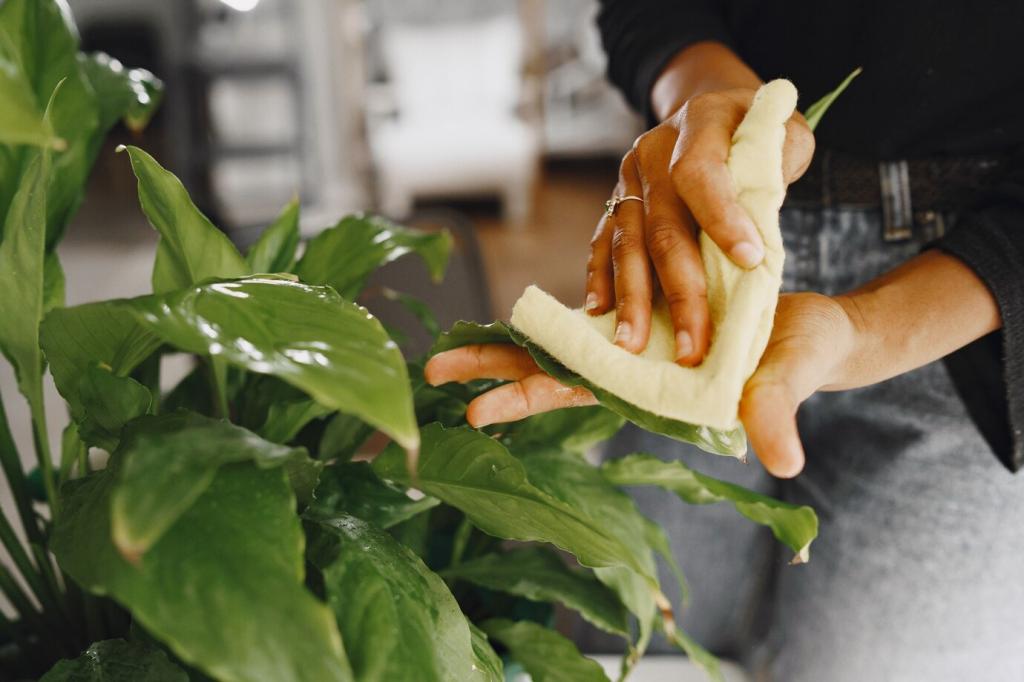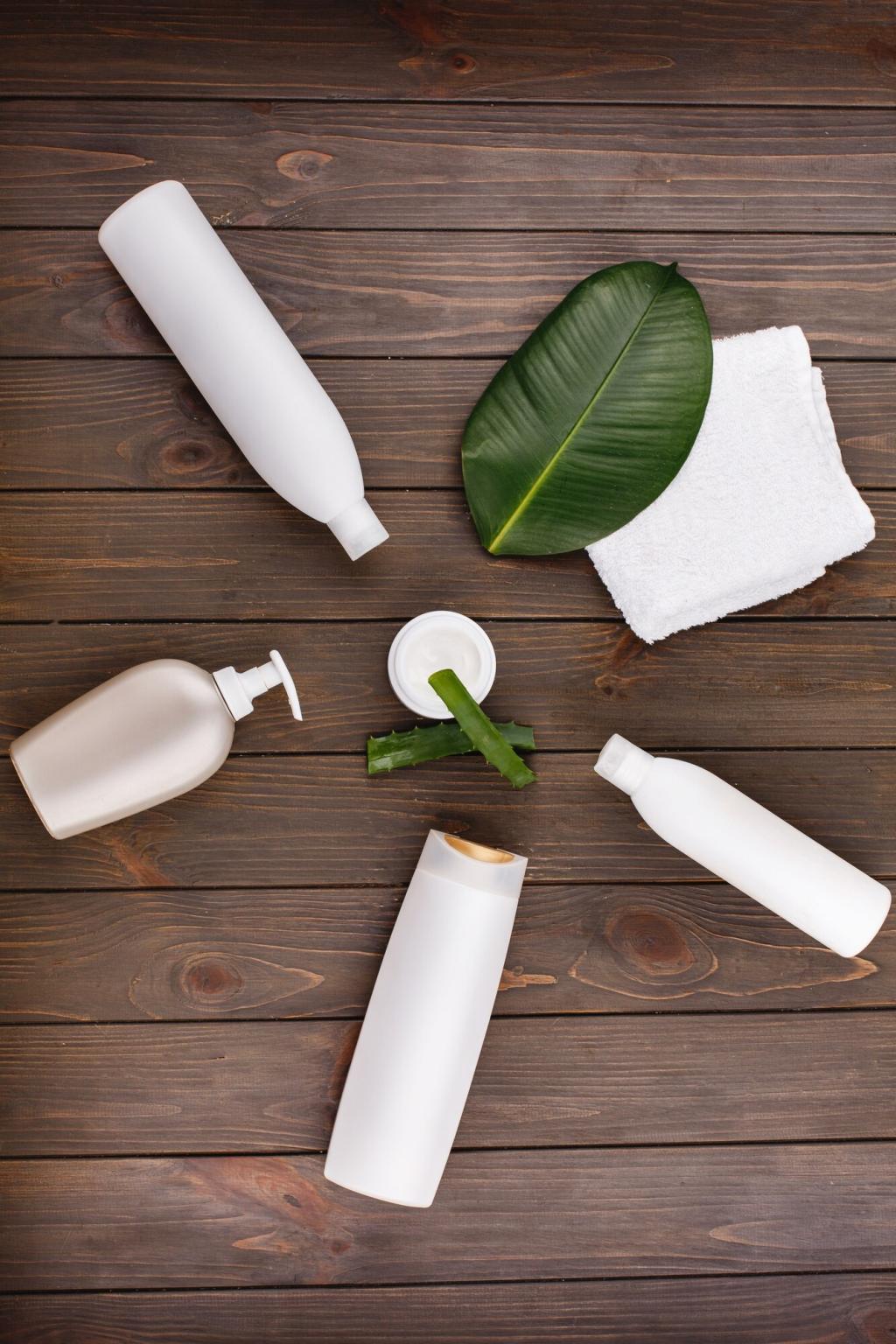Make Your Own Natural Polish
Gently melt shaved beeswax into warm tung or olive oil, then cool and stir until creamy. This balm spreads easily with a soft cloth, sinks into thirsty wood, and buffs to a mellow, inviting sheen ideal for tables, shelves, and keepsakes.
Make Your Own Natural Polish
Add dried citrus peels to a sealed jar of oil for several days, then strain. The result offers a bright scent that fades gracefully and helps lift workshop mood. Keep additions modest to avoid overpowering delicate woods like maple or birch.
Make Your Own Natural Polish
Start small. Try a 1:4 wax to oil ratio for a soft salve, or 1:2 for a firmer cake. Wood species, climate, and wear patterns vary, so adjust until application feels smooth, buffing is easy, and the finish cures without tackiness.

